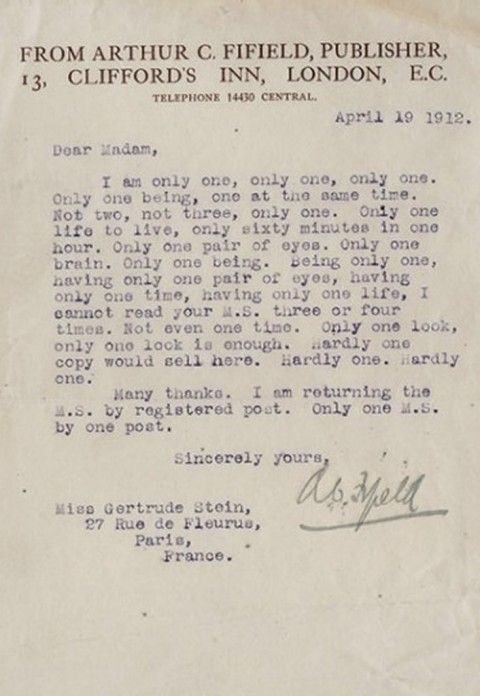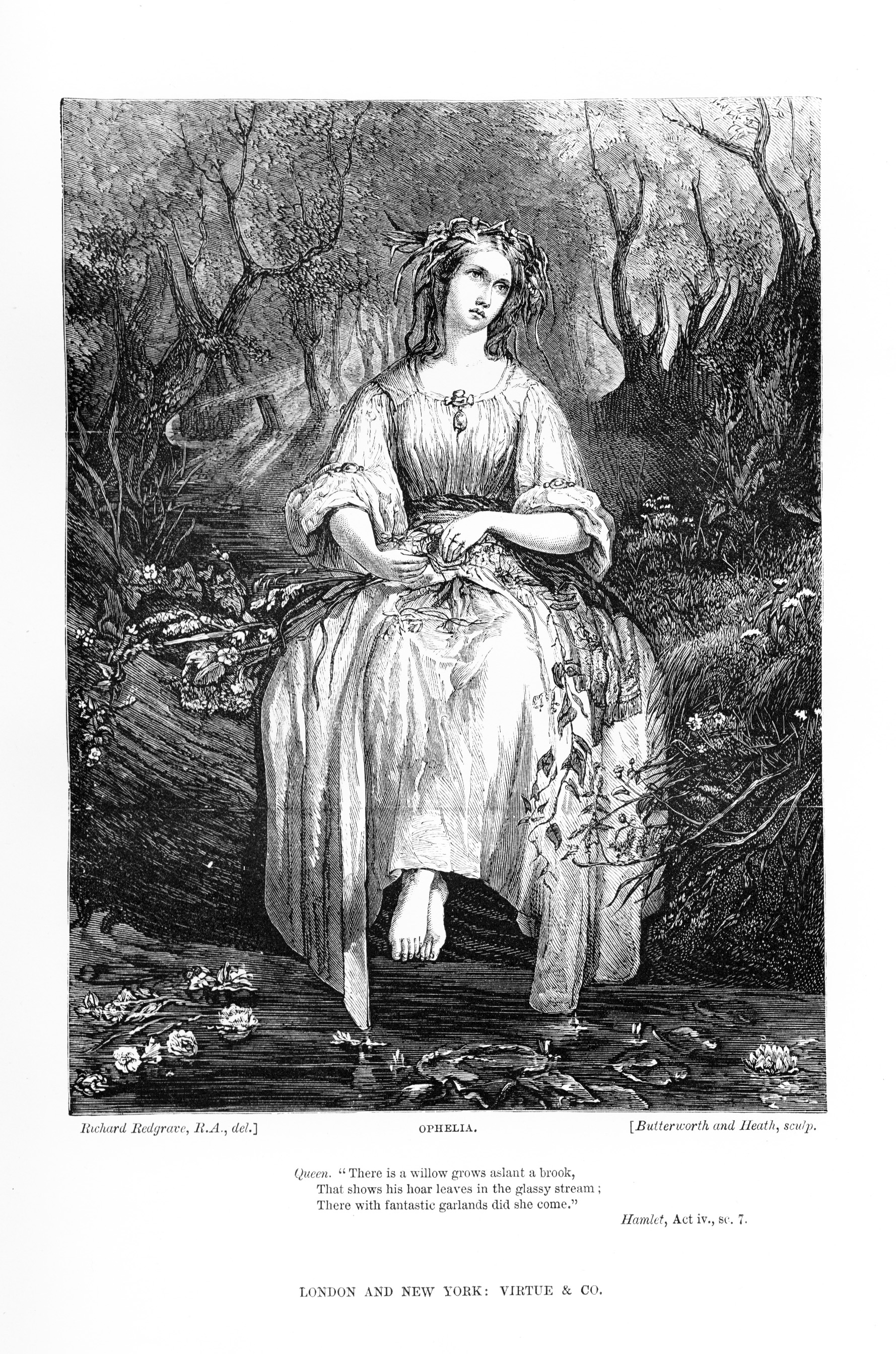What with the rise of Korean pop culture over the past decade or so — the virality of Psy’s “Gangnam Style,” BTS’ rise on the Billboard chart, Bong Joon-ho’s Academy Award for Parasite, and the worldwide Netflix phenomenon that was Squid Game — the Korean language is now avidly studied around the world. Back in the nineties, few in Korea would have imagined that possible, and fewer still in the West. I vividly remember the first day of an extracurricular computer-programming class I took in high school, whose instructor began his lecture by saying, “Look, coding is hard. I don’t expect you to learn it in two weeks any more than I’d expect you to learn Korean in two weeks.” Sure, I thought. But who would want to learn Korean?
Fast-forward 25 years, and — irony of ironies — here I am living in Seoul. Not only do I now speak Korean (with considerable room for improvement, mind you), I published a book in Korean last month. In the seemingly unending round of newspaper, radio, and television interviews I’ve subsequently had to give about it, I’ve often been asked how I managed to learn the language. There is, of course, no one perfectly effective strategy, no matter what subject you’re studying, but I do feel as if I received a lot of help early on by binge-watching a show called Let’s Speak Korean. Originally aired on Arirang, Korea’s English-language television network, it soon made its way to Youtube, where you can watch hundreds of episodes that start teaching the Korean language from the very basics onward.
The most recent Let’s Speak Korean series, which ran for five seasons in the mid-two-thousands, is available in this set of playlists. You can also watch earlier versions of the show made in 1999 and 1997, each of which has its own teaching style employing different grammatical forms and sample dialogues — as well as hosts and foreign participants in the roles of the students. I feel permanently cast in the role of the student in my real Korean life, despite residing here for the better part of a decade now, speaking Korean (and indeed writing in it) on a daily basis. It’s been a journey, and like any attempt to master a language, the end is never in sight. But at least I can look back at Let’s Speak Korean and fondly remember that there was a time when I didn’t know 은/는 from 이/가, 하면 된다 from 해도 된다, or ‑거든 from ‑더라고. (Admittedly, I still have trouble with those last.)
Related content:
Learn 48 Languages Online for Free: Spanish, Chinese, English & More
Watch More than 400 Classic Korean Films Free Online Thanks to the Korean Film Archive
The Writing Systems of the World Explained, from the Latin Alphabet to the Abugidas of India
Let’s Learn Japanese: Two Classic Video Series to Get You Started in the Language
Based in Seoul, Colin Marshall writes and broadcasts on cities, language, and culture. His projects include the Substack newsletter Books on Cities, the book The Stateless City: a Walk through 21st-Century Los Angeles and the video series The City in Cinema. Follow him on Twitter at @colinmarshall or on Facebook.















